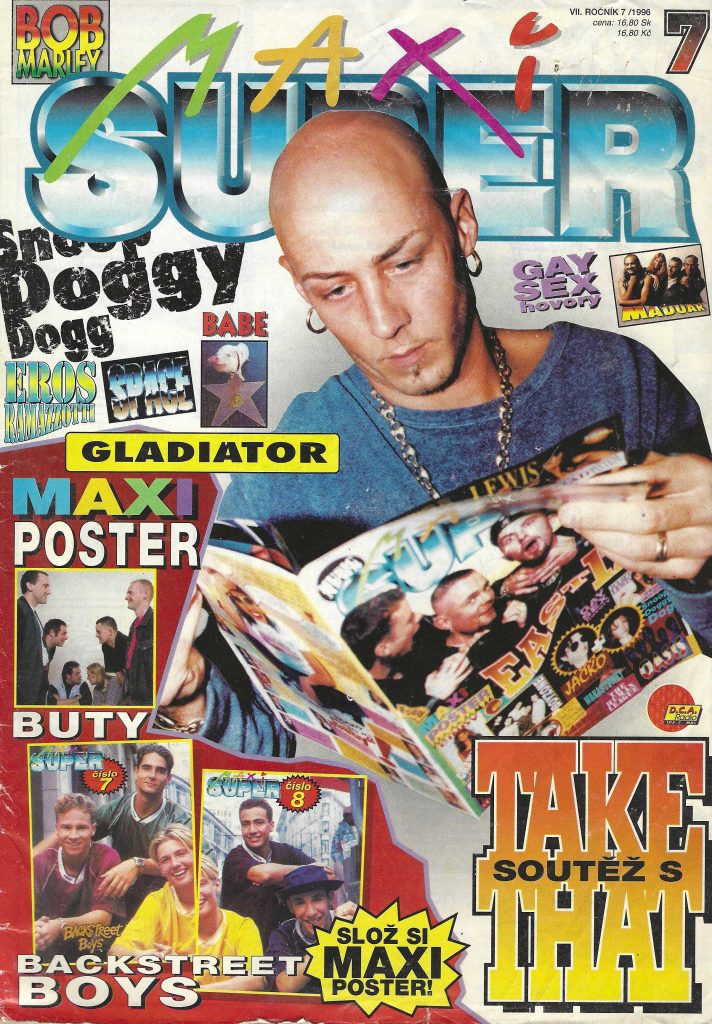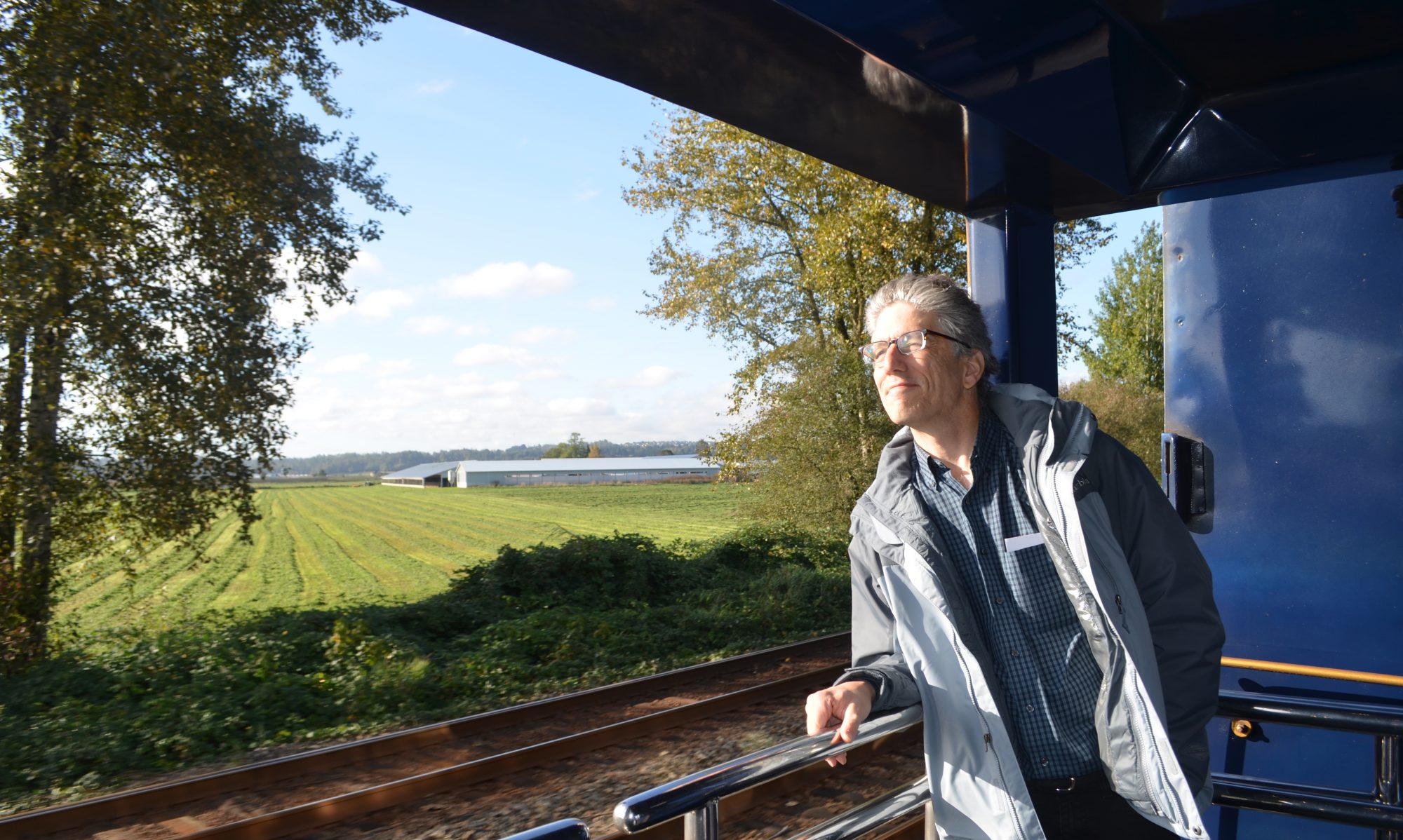Oy Vey Shit
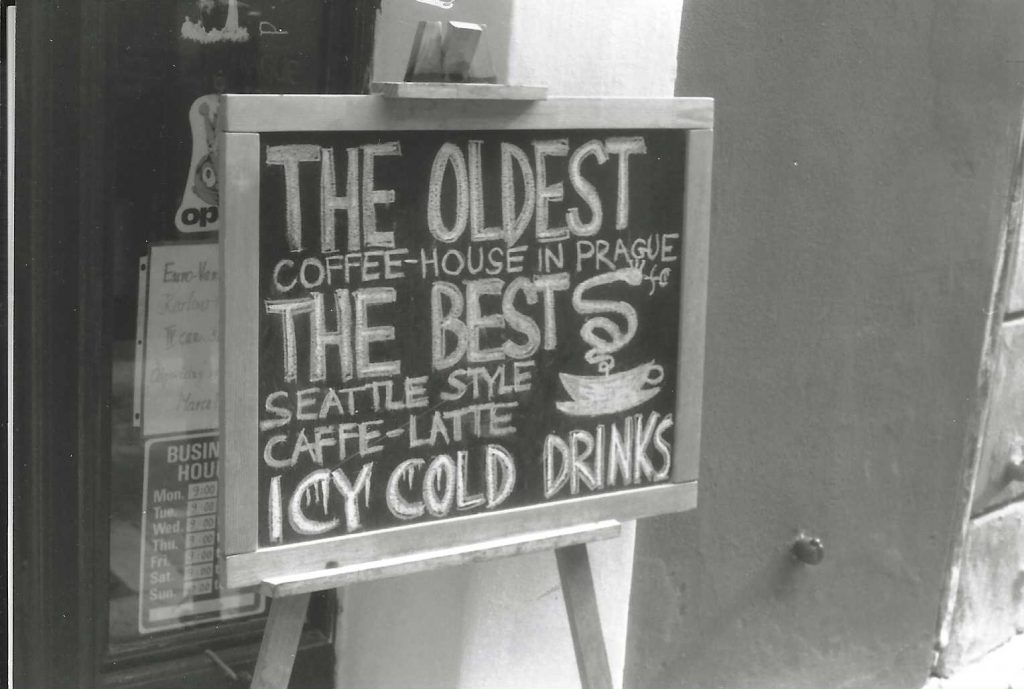
“And when the sun arose on the first day of the eighth month, a great commotion arose with much confusion, gnashing of teeth and girding of loins.
The stomach roared, the joints screamed, the muscles yelled, the brain complained and the back ached.
And David saw that it was bad.
Very, very bad.”
–From a journal entry for August 4, 1996.
I wished I’d done something to earn the pain I felt on the first day of my eight-month on the road.
All night partying.
A weekend drinking binge.
Cramming for a final exam.
Getting rip-roaring drunk…
The truth was I’d had only one beer the night before, gotten to bed around my usual time and woken up feeling worse than when I had the flu in the Mekong Delta, running a temperature, sitting in a hot bus and walking around in 90 plus degree heat with 100 percent humidity. Now, it wasn’t the heat or humidity getting to me, it was the pain.
The ache was centered in my lower back with a second similar pain in front. I felt like I had to go to the bathroom, but my frequent trips to the toilet didn’t help. In fact, it increased the pain because I hurt so much from the throbbing in my joints it was difficult for me to get out of bed to go to the bathroom. This problem only made me more anxious, which made me need to go to the bathroom all the more even if I couldn’t do anything once I got there.
I wanted to get the number of the bus that hit me.
Still, fool and eternal optimist that I am, I thought I’d rally and feel better once I got up. After all, I was in Prague, one of the world’s prettiest cities and, besides, stranger things had happened on this trip.
Alas, it was not to be.
Not only was I not going to make it to the Prague Castle, I wasn’t going to get anywhere near the Mozart Museum, the Town Hall Tower or the city ghost tour. Hell, I was lucky to make it to Wenceslas Square, the center of old Prague before I had to head back to bed and sleep it off
My ulcerative colitis had returned.
In an odd way, it was symbolic of the struggle I was experiencing. Not only was I having trouble absorbing the historical horrors I’d seen, I didn’t have the time I needed to stay in one place and let it sink in. Instead, the change in the date of my sister’s wedding was forcing me to move faster than I’d planned to get to Israel by September and have time to volunteer on a kibbutz where the minimum hitch is two months.
Eventually, something had to give under the stress and, apparently, it was me.
The onset lasted a day, but it was obvious the disease was here to stay. The condition never kept me from going places, it just delayed me because I often got up earlier to hit thebathroom, had to wait longer in hostels for the toilet before I left for the day or I would hit the bathroom just because I never knew when I would need to go again, how much notice I would have, or even how difficult it would be to find the next bathroom in a place where I knew no one and didn’t speak the language. Those concerns never kept me from doing anything, however. When it comes to the Prague Ghost Tour, though, I almost wish they had.
No matter what you do when you visit Prague, don’t make my mistake. Never, ever go on the city ghost tour. It sounds like a great idea, but it’s not.
The sad thing is Prague is the perfect place for a tour of haunted places. The area has been settled for more than 1,200 years, there’s a fairy-tale style legend concerning how the city was founded (don’t all fairy tales leave room for witches, ghosts and goblins?) and it has long been a cultural capital of the world serving as a home to such literary greats as Franz Kafka, composer Bedrich Smetana and playwrite/leader Vaclav Havel. It is a place where a pastor was burned at the stake as a heretic after criticizing the church in the 1400’s, where there’s such a centuries-old tradition of throwing officials to their deaths that the practice has been named the Prague Defenestrations and where the assassination of a Nazi official in 1942 prompted Nazis to surround a small village 25 kilometers away and kill all the men and deport the women to concentration camps. In a place like this you’d assume there would be some really great ghost stories.
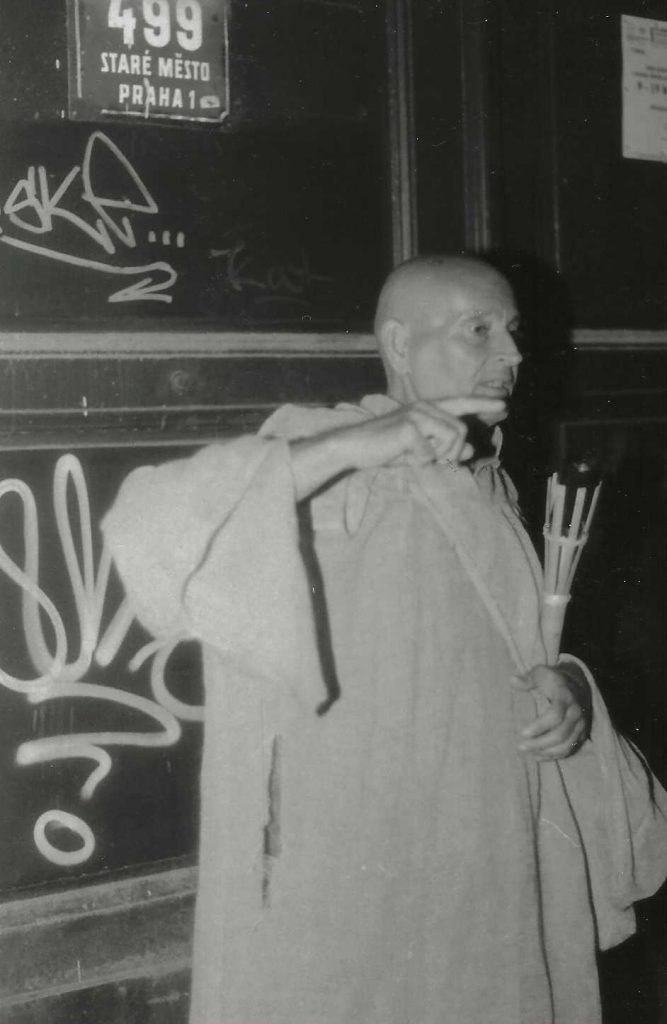
The flavor of the city also lends itself to such a tour. The large palaces, the pointed towers,gothic churches and a town square where
one of the main attractions is a Zodiacal Clock that chimes the hour complete with the appearance of a scene featuring Jesus, the apostles, a skeleton and a rooster left me with a feeling that Prague was frozen in the 1700s. Although the large town square is often well-lit and filled with concerts and performances during summer evenings, the side streets are eerily quiet, poorly lit and look like sets from a movie about the plague or Cold War intrigues.
Port Arthur showed me it didn’t take much to create a good ghost tour because people like being scared. They want their imaginations to run wild, they want to hear tastefully told tales about dismemberments, decapitations and deaths so brutally gory and torturous that the victims are still roaming the earth because they don’t know they’re dead. Most people say they don’t believe in ghosts, but secretly, they all want to be proved wrong. Which is why so many people take these tours. Add a little stylistic touch like oil lanterns in a dark and remote national park or a torch on the dimly lit back streets and dark alleys of an ancient city and you’ll have the crowd eating it up like you were dishing out low-fat hot fudge sundaes.
The tour leader had all that going for him and more. He was as bald as the Addams Family’s Uncle Fester, hunched over, toothless and sinister looking. He also wore a hooded robe and used a 5′ tall pole with a torch on the end of it as a walking stick. “Throw in a few good, scary stories of the undead and what more could you ask for?” I thought as the tour started. Unfortunately, he still thought the tour needed something more.
The guide began by telling the wonderfully terrible story of the love-sick Turkish merchant who met a beautiful girl, fell in love, proposed and asked her to promise to wait for him until he sailed back to Turkey and got his father’s approval. As it always does in these stories, one thing led to another and before you know it, it had taken him many months and possibly even as much as a decade to get back to her because the phone connections weren’t all that good and the singing telegram hadn’t been invented yet. Being the liberated 16th century woman she was, she found a man who wasn’t a daddy’s boy and could make up his mind, so she decided to marry him after years of waiting for someone to invent the phone so she could sit around and stare at it on Saturday nights. Not too surprisingly, the Turk returned the day of the wedding ready to claim what was rightfully his. Upon hearing the news, the itinerant Turk went postal (even though the U.S. Postal Service wouldn’t be created for another hundred years and semi-automatics wouldn’t even be invented for two centuries after that), found her, cut off her head at close range without even using a silencer, then killed himself.
“To this day, people have reported seeing the lonesome Turk walking the streets late at night holding the head of his beloved by her hair,” the guide said as we rounded a corner into a side street that was even more dimly lit and narrower than the rest. Right on cue, a man in a hideous mask jumped out of a doorway and menaced the entire group.
The masked figure came as a great shock to me because I did not know that Freddy Krueger was Turkish.
I also considered asking the terrifying Turk where his girlfriend’s head was, but it didn’t seem like the time.
As the tour progressed, the stories became less like ghost stories and more stories you might hear at a yearly family reunion dinner in the Old South. (“Well, yes, the bull did gore him when it pitched him into the next field over, the hay baler bent, spindled, folded and mutilated him and the thresher chopped him up into tiny bits, but that wasn’t what killed him. No that happened when the ambulance that came to pick him up hit a light pole and he went flying through the windshield onto the highway where a semi ran right over him. But that wasn’t what killed the driver…”). Then he got to the big closing number about the infamous bloody barber of Prague.
I can’t remember the exact story, but I’m sure it started with a man being a tonsorial specialist extraordinaire known far and wide as the best in the land until something went terribly wrong. Perhaps he lost the Eastern European Hair Styling Championships in Helsinki or he mistook a pair of pruning shears for clipping scissors and cut a customer’s head off, but that was all it took. The next thing anyone knew his old customers were going into his shop, but they weren’t coming back out because his business had become a human roach motel where people check in, but they don’t check out. Or something like that.
We walked in silence for a moment until a figure that had been hiding in front of a line of cars jumped out and menaced us. Although many in the tour group screamed, I’d been expecting it. What I didn’t expect was the barber’s uncanny resemblance…to Freddy Kreuger.
I don’t understand why the guide felt the fake ghosts were necessary. He had the robe, the lack of hair, the torch and the medieval city thing going for him and still felt the need to gild the lilly. It’s too bad. Without the unnecessary add-ons the tour would have been a lot of fun.
Now I feel like I’ve given the guide and the tour more publicity than he deserves, especially when there are so many other things to do in Prague. There are classical concerts every night, no end of operas, live jazz music in some hotels and bars, a casino and live theater.
I grumbled about this to my youth hostel roommate until we reached the subway and saw something odd. Once we settled down to wait for our ride, a bunch of rowdy, drunk guys rode the escalator down into the subway station hooting and hollering all the way. Then one of them thought it would be fun to run up the down escalator, so they began hooting and hollering again as they staggered up the stairs not getting very far, but at least managing to keep from falling on their faces. This went on for about four minutes until someone in the control room turned off the stairs.
I’m proud to count myself among the handful of people who applauded when the escalator stopped.
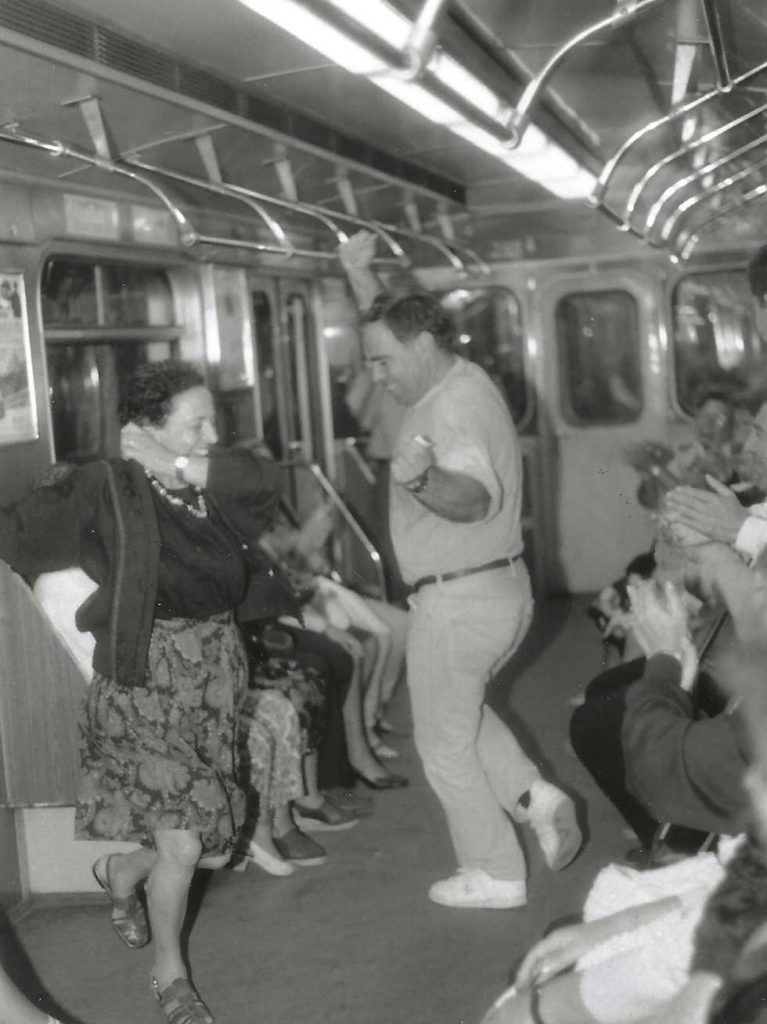
They may have quieted when security took their toy away, but their goofiness hung over the crowd until we boarded the train. As soon as the train pulled out of the station a group of middle-aged people from Spain began clapping and singing “The Macarena,” inspiring several in their crew to dance in the aisle. Getting into the spirit, I pulled my
camera out of my backpack and pretended to be a paparazzi, snapping pictures as they danced their hearts out. They kept going through the next stop and high stepped their way right on through until they got out even though they went flying across the car when the train started back up again after the first stop.
So, the evening wasn’t a total loss, even if it took the loathsome “Macarena” to save it.
The ghost tour may have been disappointing, but the rest of the city wasn’t, even if it was over-run by westerners. I didn’t know about the Western infestation until I arrived. As it turns out, there were plenty of things I should have known, but didn’t until I hit Prague.
For example, I didn’t know how important it was to go to the bathroom before I got off the train until I walked into the station and realized I had to go. Bathroom-going at a train station in a new country is always a challenge. As I learned in Prague, you have to know the word for bathroom, you have to find someone who knows where it is and can explain it, and, most importantly, you have to have money. The right money. A Czech bathroom attendant wants crowns and won’t accept zloty, lit or lat. If you don’t have them, you won’t get in. (It almost sounds like a commercial for a credit card, doesn’t it? I can hear the announcer now; “Pavel’s bathroom is one of the cleanest in all of Prague. It’s so clean that people come from all over the world to use it, but if you want to visit Pavel’s place, you better bring Visa because Pavel won’t let you in if you don’t have the right currency and Pavel doesn’t accept American Express.”)
I still don’t understand if it’s some sort of bizarre nervous condition or just a canine need to mark territory, but I discovered that whenever I arrived at a train depot, bus station or airport in a new country I immediately had to go to the bathroom. Usually, not a big deal because I could always wait long enough to exchange money for the local currency. Not this time, though. Not only did the guy at the head of the line want to exchange a lot of money, but he got into an argument with the money changer and the line ground to a halt. The disagreement was picking up steam, all the other lines were longer and I was so desperate that I finally ran to the bathroom and begged the attendant to take my laptop computer as collateral.
How embarrassing is that?
Fortunately, he was happy to oblige.
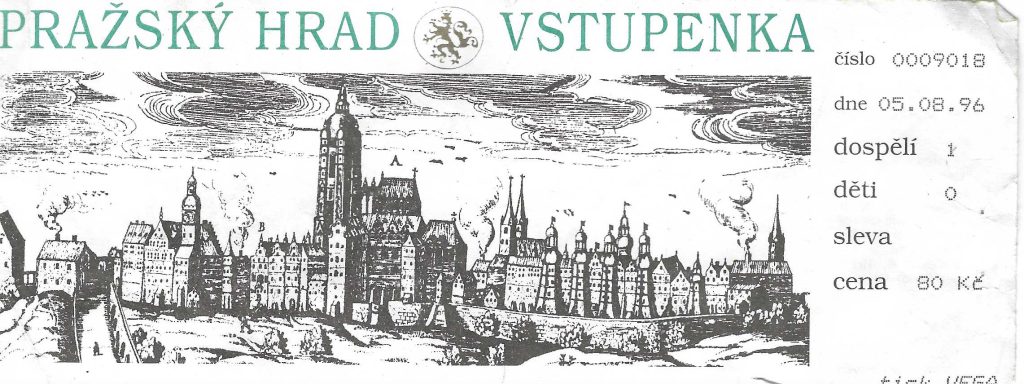
Another lesson I learned when I arrived early on a Monday morning is that most of the old city’s major tourist attractions are closed on Mondays. This actually came as a relief. It meant I didn’t have to hurry to find a place to stay and stow my bags just so I could hit the streets before the crowds. It gave me the time to stop by the American Express Travel Service office where I checked mail and found an announcement telling me that my second niece, Shannon, had been born the day I arrived in Moscow on the Trans-Siberian. As I ambled through the old city, I also discovered how pretty Prague is–filled with Gothic and Baroque architecture. The stroll allowed me to scout out the exterior of the city’s landmarks including the Old Town Hall (and its Zodiacal clock), the Ethnological Museum, the Old Town Bridge Tower, the Carolinum (the last remnant of Prague University, established in 1348) and the tourist flea market that is the Charles Bridge.

As I went further afield, I also discovered there was a historical area where many buildings were open: Josefov, the old Jewish Ghetto. The area is home to one of the oldest synagogues in Europe, Starenova Synagogue (the name of which, ironically, translates into “Old New Synagogue”). There’s also a beautiful old Jewish Cemetery with graves dating from 1439 to 1787, the Klaus Synagogue, which is filled with old documents, and the Ceremonial House complete with a collection of pictures drawn by children in the Terezinstadt Concentration Camp.
Josefov’s most important buildings escaped the ugly fate of the many ghettos that were razed, leveled or decimated during the war. I feel strange even saying it, but Hitler was this area’s savior. He didn’t preserve the buildings and artifacts out of love for Prague’s Jews, though. He did it because he wanted it to be the home for his museum of extinct peoples once he finished his Final Solution. To establish the collection Nazis seized religious artifacts from people living in more than 150 communities in Bohemia and Moravia and brought them here. Although the Jews survived the war and Hitler’s plan failed, the items remained because there’s no one to return them to. As a result, the Vyoska Synagoga has an extensive collection of textiles including hand-made Torah mantles, and the Maislova Synagoga displays a wide range of silver and pewter items. In addition, the names of more than 77,000 Jews killed by the Nazis were painted on the walls of the Pinkasova Synagoga. I’m not sure whose doing that was, however. Although the German war machine was quite fastidious about keeping records, and so proud of barbarous acts that it liked to brag about them, the names could just have easily been painted by fellow Jews who didn’t want people to forget about the horrors of the Holocaust and the Czechs who died at Terezenstadt.
As I finished ambling, I learned there were far more Westerners than even I expected. I could see it in the way fellow travelers carried themselves, how they spoke and what they wore. It made sense that I was beginning to see more Westerners, especially Americans. It was summer and the city was far less foreign to U.S. citizens than Asia is. Americans are also more comfortable going to a city like Prague because the locals look like them. Their skin is white and their faces look like the faces they see in their hometowns every day. I could identify with that logic by the time I hit the Czech Republic. After so many weeks of seeing Asian faces with Asian features, I was just happy to see big, dumb American faces. It’s not that Caucasians are better than Asians, mind you, I just thought it was nice to see somewhat familiar faces because it made me feel like I was getting closer to home even though I still had months to go. After eight months it was nice not to look so out of place, even if I didn’t speak the language.
There were still other signs of the American invasion. I wasn’t surprised when I saw the McDonalds or Burger King, but the K-Mart and the Little Caesars Pizza caught me off-guard. While I was happy I to be closer to home, I resented the cultural imperialism. It also made me wonder: Why is it that only our kitschy stuff (like A&W, Mister Donut, K-Mart) ever gets out of the country? How come you never see a Macy’s, Tiffany’s or Sax 5th Avenue?
I’m not the only one who resents the Western infestation, as I learned when I took a train bound for Brno, a town with a famous set of caverns. When the three teenage girls I shared a compartment with learned I couldn’t speak Czech, they laughed and criticized me. In English, of course. After all, why make fun of someone if they can’t understand what you’re saying?. When they asked why, I explained I was visiting so many countries I didn’t have time to learn each language. The tape of the conversation shows they weren’t satisfied with the explanation, but were happy to give me a gift. A copy of Teen Beat Magazine. In Czech.
Wanting to give them a gift that was just as useful, I rooted around in my backpack until I found the perfect present: My Lao phrasebook.
Much to my surprise, they were highly amused.
